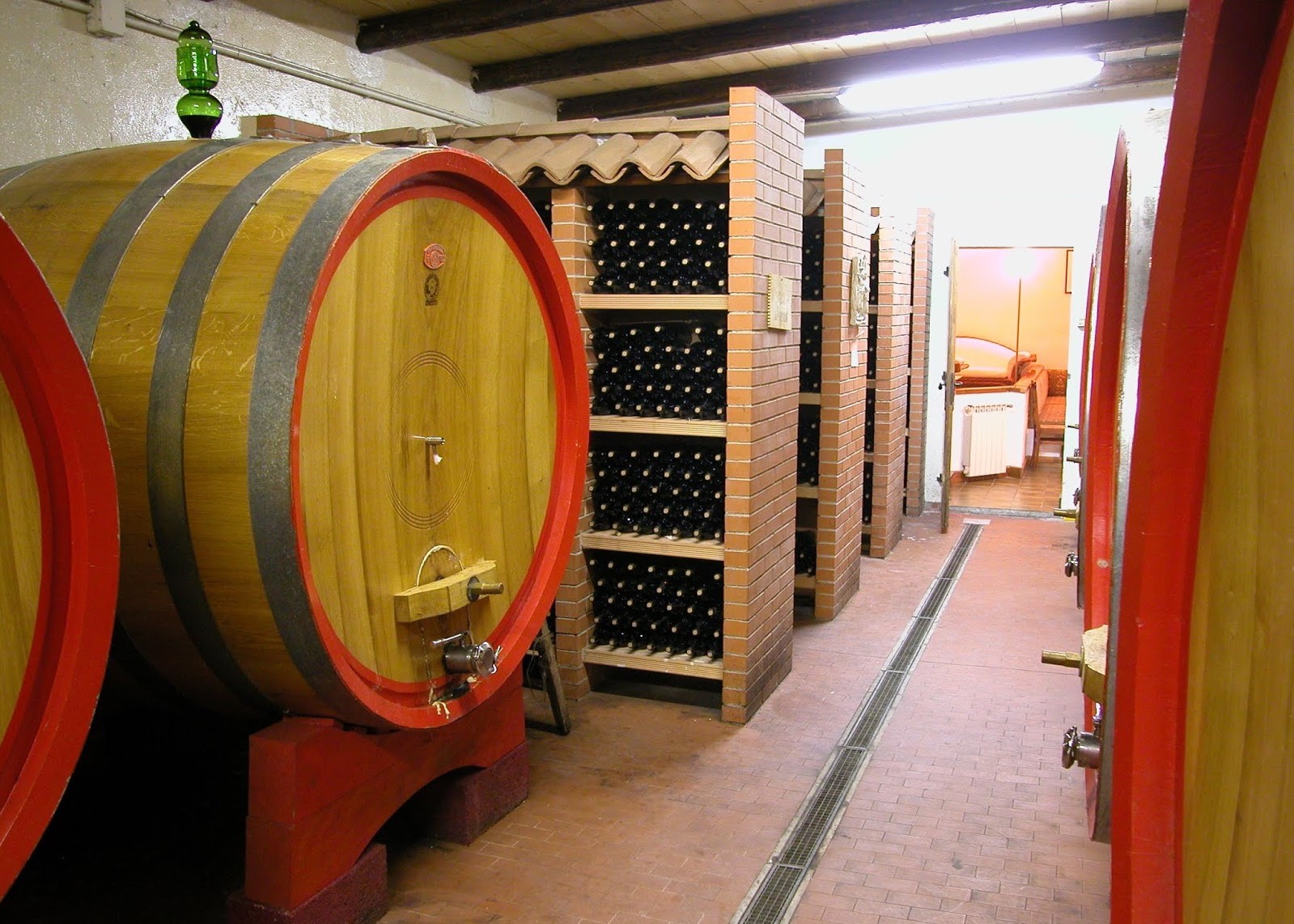
 Jennifer Gentile Martin
Jennifer Gentile Martin
Italian wine: The Organic Wines of Abruzzo with La Valentina
- WTI Magazine #114 Apr 20, 2019
-

 Jennifer Gentile Martin
Jennifer Gentile Martin
The terms organic, sustainable and biodynamic seem to be all the hype whether we’re talking about food or wine. Every brand that is certified under these labels boast proudly their practices for all to know.
So what is the difference between organic and biodynamic wines? The laws vary from country to country, but in Italy organic wines relate to what each winery is doing within the vineyard themselves pertaining to the grapes and the vines. Overall it includes no use of artificial or chemical herbicides, pesticides or fertilizers as well as no GMO’s.
Biodynamic wines on the other hand go deeper into not only involving the aspects of what organic wines do on the front end, but also include what takes place within the winery and the production of the wines themselves as well as the larger ecosphere. It is meant for the wineries to intervene at a minimum with altering the natural characteristics of a wine being produced including adding yeasts or added sulfites. It gets a lot more complex as well, but we’re not going to get too technical here today.
It’s interesting that many wineries within Italy aren’t labeled as certified “organic” or “biodynamic”, but take part in these practices. It could be for a number of reasons that they don’t pursue these certifications with money and time being some of the larger factors. In the US many folks live by these labels, but in countries like Italy this has been their way of life for years. Personally, I have great respect for the wineries that honor their land and these practices, but I feel it’s also about the end product and I do believe some wineries use this as a marketing technique.
The Winery
Today I’m featuring La Valentina from the wine region of Abruzzo located in central Italy. Abruzzo is a land dominated by rugged mountains, the Gran Sasso, and hills occupying 2/3 of the region’s land with the rest consisting of plains along the Adriatic.
La Valentina was started in 1990 by brothers Sabatino, Andrea and Roberto Di Properzio. Their winery is located in Spoltore close to Pescara in the central Italian region of Abruzzo. They believe in producing “natural wines” with the least amount of intervention with chemicals. They are also certified organic including some of the following: No herbicides used and reduced additives; Organic fertilizer used; No genetically modified vines, all newer vines used are sourced from their own vineyards.
Even though their goal is produce quality wines, they care most about being authentic and showing to others their expression of the land. They adhere to the rules of sustainability and make sure that it is encouraged in every aspect of production and care for the land and the grapes.
The Grapes
La Valentina works with many of Abruzzo’s indigenous grapes: montepulciano, trebbiano and pecorino. Montepulciano is a highly recognizable red grape found on the market, but there are plenty of low quality montepulciano out there as well. Some wineries, including La Valentina, have tried to turn that perception around by producing wines like the ones I’m sharing with you today that allow this grape to shine when produced in the right hands. This grape is not to be confused with the town of Montepulciano located in Tuscany that produces Vino Nobile di Montepulciano not even made from montepulciano, but a clone of sangiovese. It’s deep in color almost purple at times. A dry, medium bodied wine with rather soft tannins and ripe, juicy fruit. Some of the best, more complex fuller bodied montepulciano come from the northern part in Teramo.
Pecorino on the other hand is a white grape with it’s home found in the Le Marche and Abruzzo wine regions. Mike Madaio shares a great story on Palette Press that the pecorino grape was almost extinct until vintner Guido Grifoni of Le Marche rediscovered the grape and experimented with the vine cuttings locally. He then located others in Abruzzo that believed in the potential when others back in Le Marche had turned their heads at Guido. Known for its high acidity and aromatic notespecorino is a wine that pairs well with the local cuisine of seafood and softer sheep cheeses. Pecorino after all is mentioned to stem from the word pecora, meaning sheep, that graze the lands.
The Wines
2015 La Valentina Montepulciano d’Abruzzo DOC
Made of 100% montepulciano. Deep ruby in color. Lots of black fruit on the nose: blackberries, blueberries and black cherry, almost Dr. Pepper like. Medium to fuller bodied with juicy dark fruits on the palette. A crisp, mouthwatering acidity with firm tannin and toasty vanilla with a moderate finish. For an SRP of $14 this wine is a really good value.
2015 La Valentina “Spelt” Montepulciano d’Abruzzo Riserva DOC
Made of 100% montepulciano as well this wine was deep ruby in color. On the nose there were rich forest berries with cherry and black cherry/cola with a hint of licorice and chocolate. Dry, medium to full bodied with blackberries, elegant tannins and vanilla on the finish. SRP $21
2017 La Valentina Pecorino Colline Pescaresi IGT
Made of 100% pecorino. Displaying tropical fruits and peach with some citrus notes. Feeling round in the mouth with fresh acidity. SRP $16